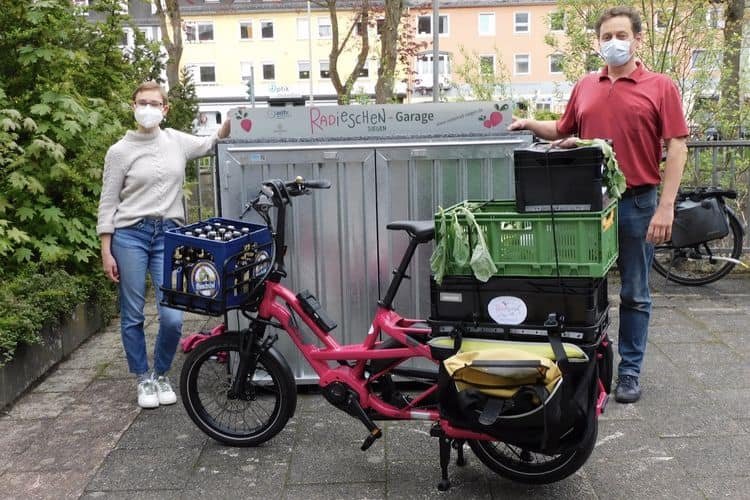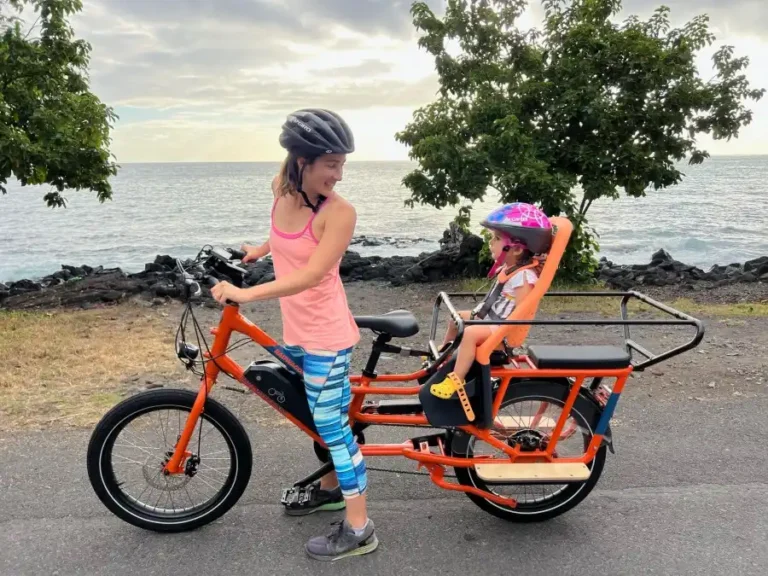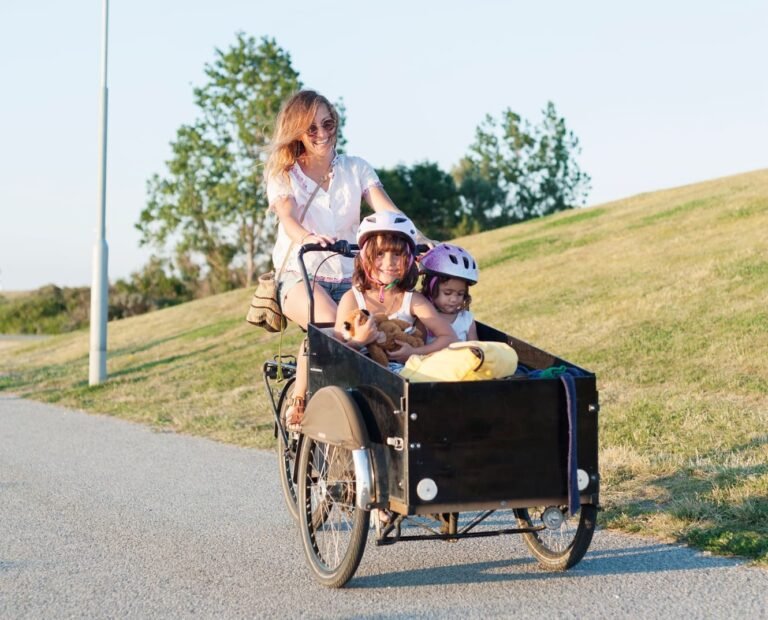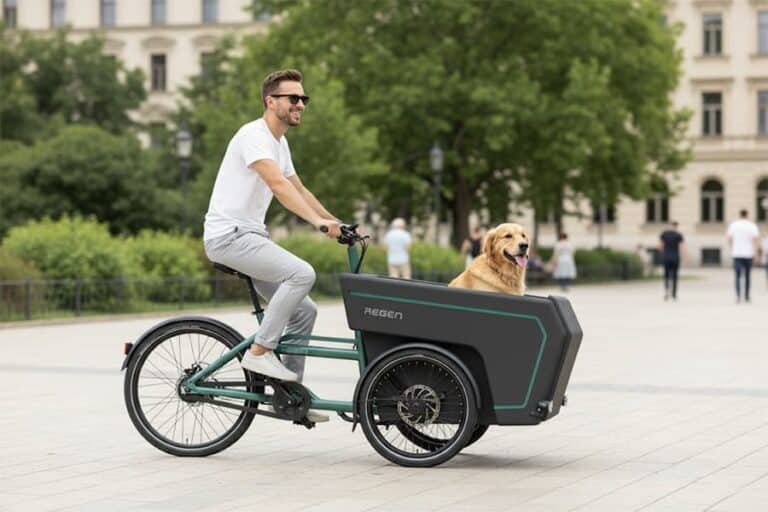Testing an electric bike (e-bike) motor may seem complicated at first, but with the right tools and a systematic approach, you can quickly diagnose common issues. Whether you are a rider maintaining your own e-bike or a technician troubleshooting customer bikes, understanding how to properly test the motor is essential for performance and safety.
In this guide, we explain the most important tools, step-by-step testing methods, and troubleshooting tips for electric bicycle motors—including hub motors, controllers, and Hall sensors.
Why Test an Electric Bike Motor?
An electric bike motor is the heart of the system, responsible for converting battery power into mechanical motion. Over time, problems such as weak acceleration, intermittent shutdowns, or complete motor failure can occur. Regular testing helps you:
- Detect faults early before they cause major damage
- Ensure safety by identifying overheating or wiring issues
- Optimise performance and battery life
- Save costs on repairs and replacements

Essential Tools for Testing an Electric Bike Motor
When preparing to test an e-bike motor, you’ll need a few specialised tools commonly used in electrical diagnostics:
1. Multimeter
En multimeter measures voltage, current, and resistance. It is the single most versatile tool for testing an electric bicycle motor. You can use it to:
- Check battery output voltage
- Test resistance across motor windings
- Verify Hall sensor functionality
2. Voltmeter
En voltmeter is specifically designed for measuring voltage. While a multimeter also performs this function, a voltmeter is convenient for quickly checking whether the motor is receiving adequate power from the battery.
3. Ammeter
En ammeter measures current flow. It is particularly useful for diagnosing whether the motor is drawing the expected amount of current. Abnormally high current may indicate short circuits, while unusually low current could suggest wiring or connection issues.
4. Motor Controller
De motor controller regulates speed, torque, and power output. During testing, the controller not only helps control motor behaviour but can also provide feedback on system statistics such as battery voltage and error codes.
Step-by-Step Testing and Troubleshooting
Video Recommend:
1. Testing the On/Off Switch
If the motor fails to start or shuts down suddenly, the switch or controller may be faulty.
- Power up the bike and hold it on for at least one minute.
- Observe whether the motor activates smoothly or cuts off intermittently.
- If it flickers or fails, the issue may lie in a damaged connection or faulty switch.
2. Checking the Wiring
Loose or corroded connections are one of the most common problems.
- Inspect wiring between the motor, battery, and controller.
- Look for rust, dirt, frayed insulation, or debris inside connectors.
- Check for overheating signs such as melted insulation or a burnt plastic smell. This issue is especially common in retrofit e-bike kits, where aftermarket installation sometimes leads to poor connections.
3. Rear Hub Motor Considerations
If your e-bike uses a rear hub motor, pay special attention to its wiring harness. The wires can be subject to bending, twisting, and road vibration, making them prone to internal damage. Faulty wiring not only reduces performance but also creates a fire risk if ignored.
4. Testing Hall Sensors
Most hub motors include Hall sensors, which track rotor position and send signals to the controller for synchronisation.
- Each Hall sensor has three wires and requires voltage input.
- To test:
- Use a multimeter in DC mode.
- Connect the bike battery to power the sensor.
- Probe the sensor wires with the multimeter leads.
- Compare readings against the rated voltage in your e-bike’s manual. If a Hall sensor fails, the motor will stutter, run inefficiently, or not operate at all.
Safety Tips When Testing E-Bike Motors
- Always disconnect the battery before inspecting wiring.
- Use insulated tools to prevent short circuits.
- Avoid running the motor at high loads during testing without proper mounting.
- Wear protective gloves if inspecting overheated or melted components.
Common Problems and Quick Fixes
| Symptom | Possible Cause | Recommended Test |
|---|---|---|
| Motor won’t start | Faulty controller, broken switch | Test switch, check controller voltage |
| Motor cuts out intermittently | Loose wiring, overheated connections | Inspect connectors for rust or melting |
| Weak acceleration | Faulty Hall sensors or low battery | Use multimeter to check Hall voltage |
| Excessive heat | Overloaded motor, short circuit | Check ammeter for abnormal current draw |
Slutsats
Testing an electric bike motor requires patience and the right diagnostic tools. A multimeter, voltmeter, ammeter, and motor controller are essential for identifying most issues. By carefully checking switches, wiring, hub motor connections, and Hall sensors, you can solve many problems without needing costly replacements.
Regular maintenance and testing not only keep your e-bike reliable but also extend its overall lifespan. If you are unsure or detect major faults, consult a qualified technician to avoid damaging sensitive components.






